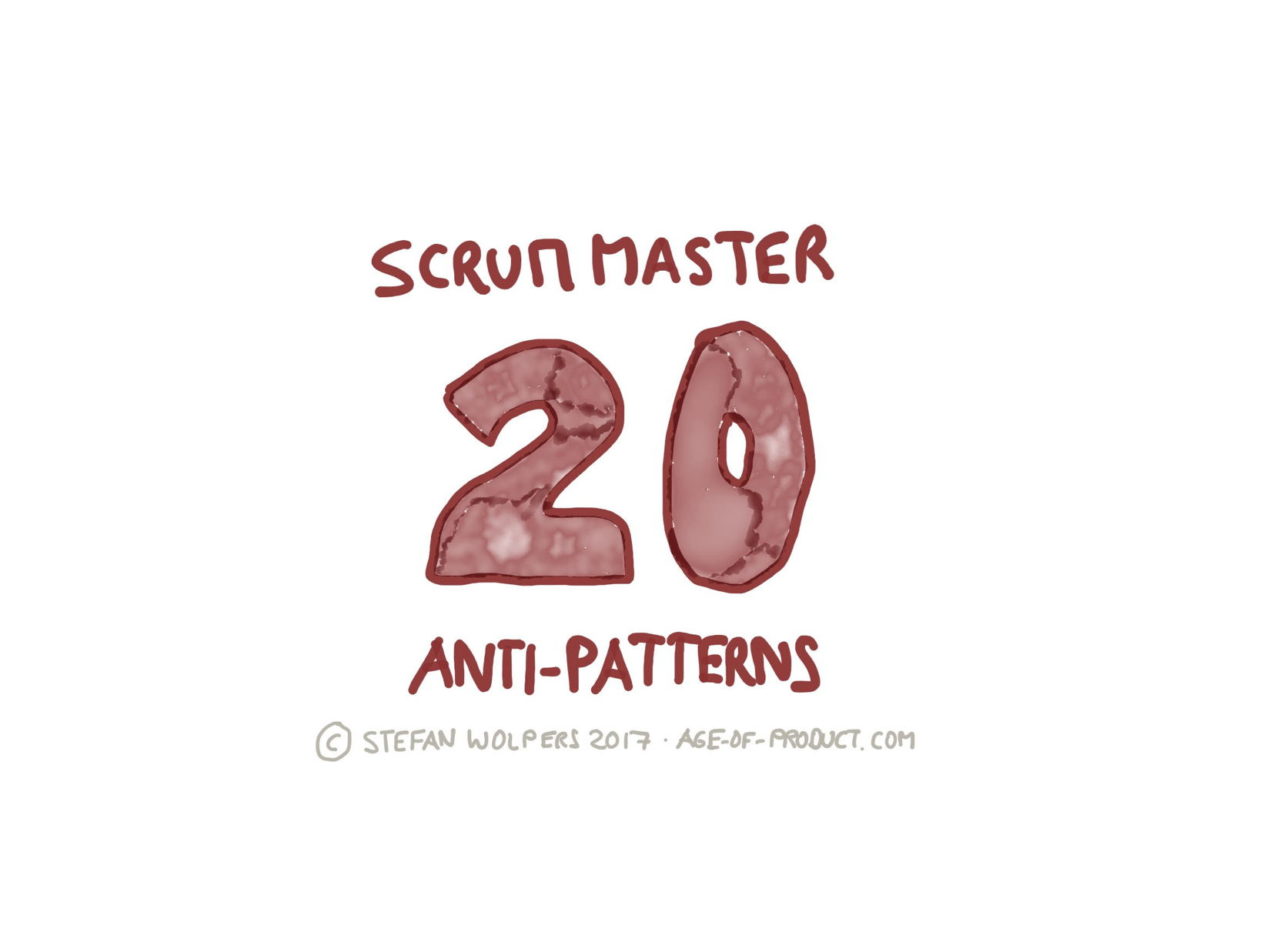Food for Agile Thought’s issue #121—shared with 13,152 peers—travels back in time, illuminating the Agile Manifesto history. We learn how Scrum and Lean UX complement each other, and why software development frameworks could be labeled ‘collective fiction.’
We also improve our understanding of learning organizations and how Sociocracy 3.0 contributes to their creation. Hiten Shah shares five mental models that help grow a product, and Mind the Product makes a compelling offer to binge-watch product talks.
Lastly, I published the last post from the Scrum anti-patterns series; there are now 160-plus of them. This article addresses the majority of the readers of this newsletter: Scrum Masters.
Have a great week!

🏆 The Tip of the Week: Agile Manifesto History
(via The Atlantic): The Winter Getaway That Turned the Software World Upside Down
Caroline Mimbs Nyce looks back at the origin story of the Manifesto for Agile Software Development.
Agile & Scrum
and (via Scrum.org): Scrum and Hypothesis Driven Development
Dave West interviews Jeff Gothelf how Scrum and Lean UX complement each other.
: My 20-Year Experience of Software Development Methodologies
Ian Miell looks back at software development frameworks from a Yuval Harari-inspired perspective: that humans require ‘collective fiction.’
(via AgileByExample): Agile, decentralized Learning Organizations With Sociocracy 3.0
James Priest—co-founder & steward of Sociocracy 3.0—shares success stories how S3 helped create agile, decentralized learning organizations.
📯 Scrum Master Anti-Patterns
Scrum Master Anti-Patterns: The reasons why scrum masters violate the spirit of the Scrum Guide are multi-faceted. They run from ill-suited personal traits and the pursuit of individual agendas to frustration with the team itself.

Read More: Scrum Master Anti-Patterns — 20 Signs Your Scrum Master Needs Help.
Product & Lean
(via Hackernoon): 5 Mental Models that Help Product Managers Acquire and Retain Users
Hiten Shah shares some of the mental models he has found most valuable for each stage of growing a product.
: Key Best Practices for Using Customer Feedback
Daniel Zacarias recommends practices how to turn customer feedback into product improvements.
📕 Now Available: ‘How to Get Hired as a Scrum Master’
Scrum Master Career: How to Get Hired as a Scrum Master: From Job Ads to Your Trial Day — Learn How to Pick the Right Employer or Client details how Scrum Masters and Agile Coaches can systematically identify suitable employers or clients to avoid mismatches and disappointments at a later stage. If you are planning a career move into the Scrum Master profession, don’t miss out on these tips.

Scrum Master Career: How to Get Hired as a Scrum Master is currently available as a Kindle ebook. Shortly, the paperback version will be available, too.
✋ Do Not Miss Out: Join the 5,125-plus Strong ‘Hands-on Agile’ Slack Team
I invite you to join the “Hands-on Agile” Slack team and enjoy the benefits of a fast-growing, vibrant community of agile practitioners from around the world.
If you like to join now all you have to do now is provide your credentials via this Google form, and I will sign you up. By the way, it’s free.
Last Week’s Food for Agile Thought Edition
Read more: Food for Agile Thought #120: Agile Trends, Throughput, High-Performance Teams and Organizations.
